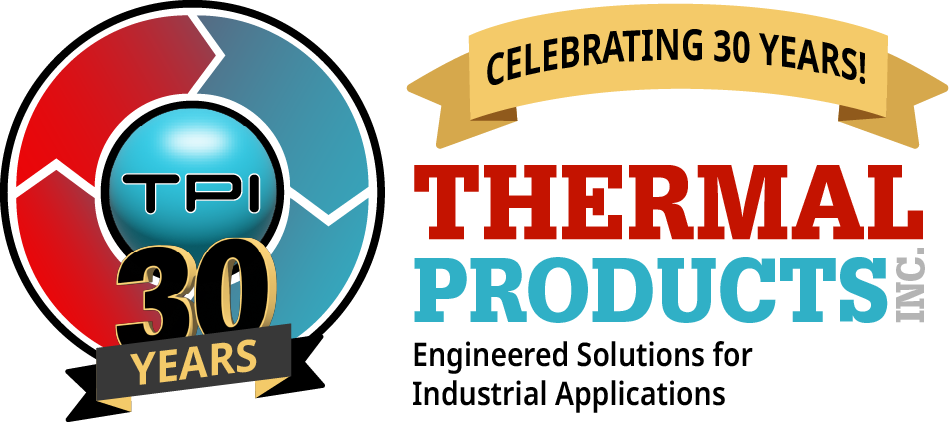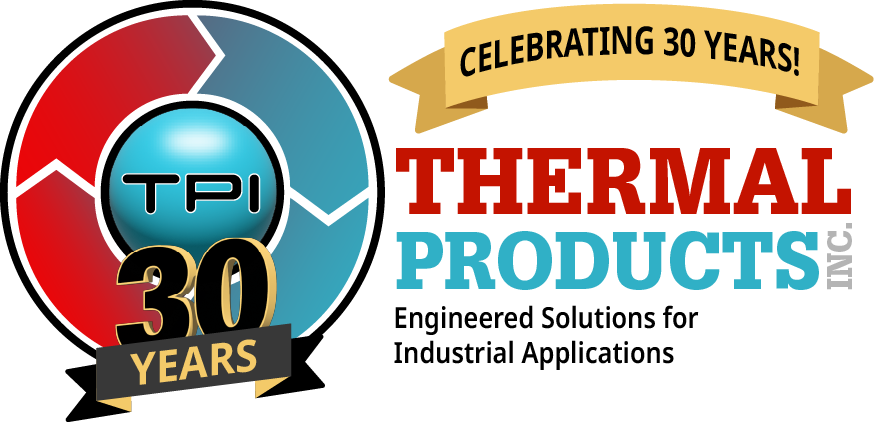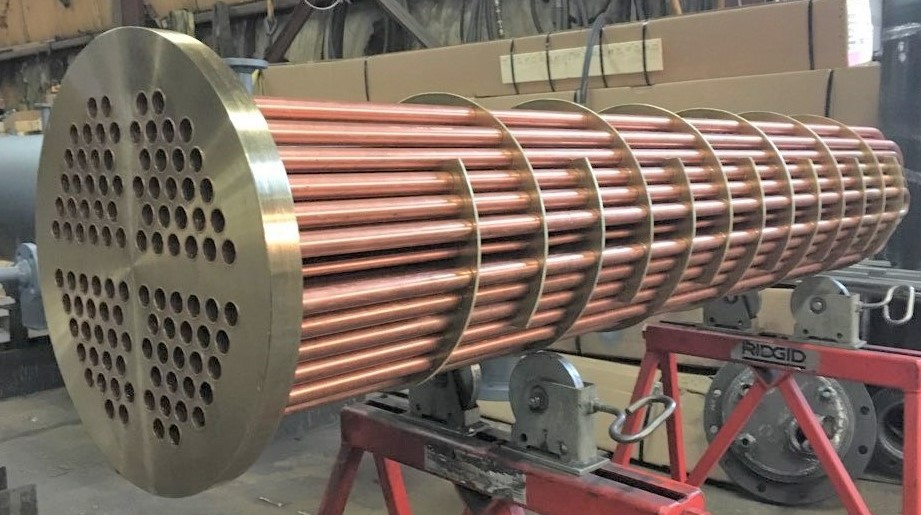Engine Generator cooling encompasses many options and methods. Typically, you’ll find and engine radiator mounted on the engine frame rails or mounted remotely, with custom designed piping running back to the engine inlet and outlet. Depending on the engine and fuel burned, we can design jacket-water cooling, charge-air aftercooling, fuel cooling for your application. The cooling of an engine generator can be designed in a multitude of ways and setups.
The most economical cooling method is the “on engine” package, meaning the jacket water and aftercooler loop are cooled in a stacked core radiator assembly directly in front of the engine. Stacked core simply means, two cores, one behind the other. Another option is to have two cores side-by-side if the fan is having a hard time getting to the required static pressure across the cores.
Many applications that Thermal Products is involved with require the radiator to be in an entirely different location from the engine that is in the basement of a building. This requires custom piping runs between the remote radiator and engine. This arrangement can increase the head pressure on after coolers at the engine and on the engine jacket water loop. A typical radiator, aftercooler and engine, have a maximum pressure rating of 20-30 psi depending on design. Thermal Products can design into the cooling package intermediate plate & frame heat exchangers, that can remove the over pressurization risk to the equipment. In these scenarios the engine room will contain the equipment below:
- Engine
- Charge Air After Cooler
- Plate & Frame Heat Exchange
- Auxiliary Pump for service to the Remote Radiator
Thermal Products, with our partners at API Basco, API Schmidt Bretten, IEA Radiators and FloFab Pumps, know that every project is different and can design the right cooling package for each project.
Our Scott Robinson had a recent application requiring a retrofit of an existing aluminum aftercooler (above) to two shell and tube aftercoolers (below) designed with stainless steel tubes for use with cooling tower water. Thermal Products designed an API Basco Pipeline Aftercooler or “PLAC” heat exchanger with custom tube side connections. The PLAC includes a floating back-end, allowing the tube bundle room to expand and contract, as needed.
The original aluminum Aftercooler had failed. When the engine was not in use, the treated cooling water was stagnant in the aftercooler. Over a period of time it simply corroded the aluminum welds, which lead to leaking.
Contact you local Thermal Products office to discuss your cooling requirements, today!




